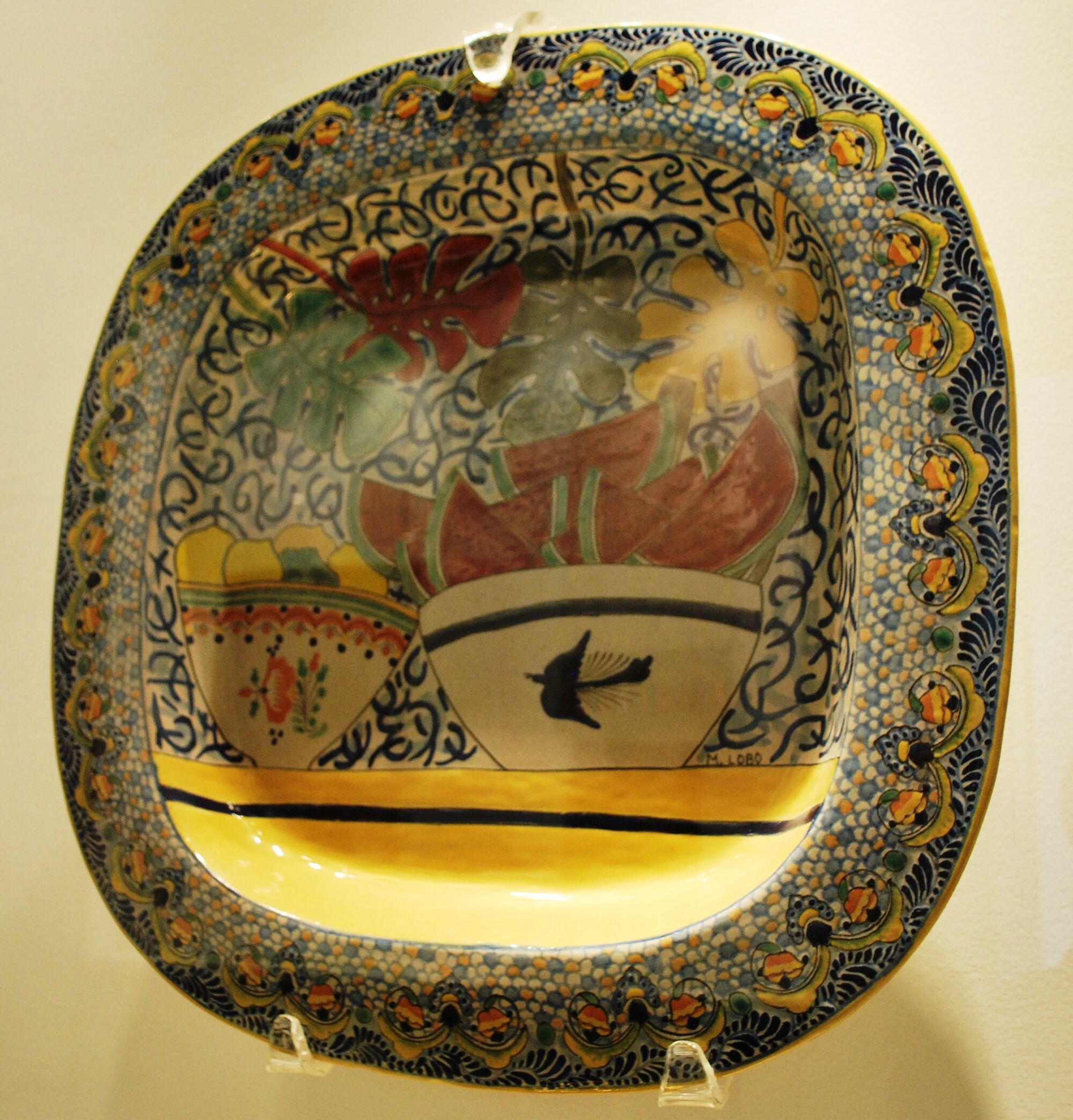Talavera Pottery Traditions And Techniques
Share
Talavera pottery, a vibrant and intricate form of ceramic art, has its roots deeply embedded in Mexican culture. This traditional craft, originating from the town of Talavera de la Reina in Spain, has evolved over centuries, especially after its introduction to Mexico in the 16th century. The unique blend of indigenous and Spanish techniques has given rise to a distinctive style that continues to captivate art lovers and collectors worldwide.
The History of Talavera Pottery
The journey of Talavera pottery began in Spain, where artisans developed a technique for creating tin-glazed pottery. When Spanish colonizers arrived in Mexico, they brought this craft with them, and it quickly adapted to local materials and artistic influences. By the 17th century, the city of Puebla became the epicenter of Talavera production in Mexico, where it flourished and gained recognition for its quality and beauty.
Key Characteristics of Talavera Pottery
Talavera pottery is renowned for its vibrant colors, intricate designs, and distinctive shapes. Here are some key characteristics that define this art form:
-
Color Palette: Traditional Talavera pieces feature bright colors such as cobalt blue, yellow, green, and orange. These colors are achieved using natural pigments derived from minerals.
-
Designs: The designs often include floral patterns, geometric shapes, and motifs inspired by nature. Each piece tells a story, reflecting the cultural heritage of Mexico.
-
Texture: The surface of Talavera pottery is typically smooth and glossy, achieved through a glazing process that enhances its visual appeal.
Traditional Techniques Used in Talavera Pottery
Creating Talavera pottery involves a series of meticulous steps that showcase the skill and artistry of the potters. Here are the traditional techniques employed in this craft:
1. Clay Preparation
The first step in making Talavera pottery is selecting the right type of clay. Artisans typically use a mix of local clays, which are kneaded and prepared to achieve the desired consistency. This step is crucial, as the quality of the clay directly impacts the final product.
2. Shaping the Pottery
Once the clay is prepared, artisans shape it into various forms, including plates, bowls, and tiles. This can be done using hand-building techniques or pottery wheels. The shaping process requires precision and creativity, as each piece must be unique.
3. Drying and Firing
After shaping, the pottery is left to dry for a specific period. Once dried, it undergoes the first firing in a kiln, which hardens the clay and prepares it for glazing. This initial firing is essential for ensuring the durability of the pottery.
4. Glazing
The glazing process is where Talavera pottery truly comes to life. Artisans apply a tin-based glaze to the pottery, which gives it a glossy finish and vibrant colors. This glaze is often mixed with natural pigments to achieve the desired hues.
5. Second Firing
After glazing, the pottery is fired again in a kiln. This second firing solidifies the glaze and enhances the colors, making them more vibrant and durable.
Cultural Significance of Talavera Pottery
Talavera pottery is more than just a decorative art form; it holds significant cultural value in Mexico. It represents the fusion of indigenous and Spanish traditions, symbolizing the rich history of the country. Each piece of pottery is a testament to the craftsmanship and creativity of the artisans, who often pass down their skills through generations.
In Mexican culture, Talavera pottery is commonly used in everyday life, from tableware to decorative items. It is also a popular choice for gifts and souvenirs, making it an essential part of Mexican identity.
Modern Trends in Talavera Pottery
While traditional techniques remain at the heart of Talavera pottery, modern artisans are experimenting with new designs and forms. Contemporary Talavera often incorporates abstract patterns and innovative shapes, appealing to a broader audience. Additionally, the use of eco-friendly materials and sustainable practices is becoming increasingly popular among artisans.
Where to Experience Talavera Pottery
If you’re eager to witness the beauty of Talavera pottery firsthand, consider visiting Puebla, Mexico, the heart of this craft. Here are some key places to explore:
1. Talavera Workshops
Visiting local workshops allows you to see artisans at work, creating stunning pieces of pottery. Many workshops offer tours and demonstrations, providing insight into the traditional techniques used in Talavera production.
2. Talavera Markets
Puebla is home to vibrant markets where you can purchase authentic Talavera pottery. These markets are filled with colorful stalls showcasing a variety of pottery items, from decorative tiles to functional kitchenware.
3. Museums
Several museums in Puebla feature exhibitions dedicated to Talavera pottery, showcasing its history and evolution. The Museo de Arte Popular is a must-visit for those interested in Mexican folk art.
Tips for Purchasing Talavera Pottery
When purchasing Talavera pottery, keep these tips in mind:
-
Authenticity: Look for pieces that are marked with the official Talavera seal, which guarantees authenticity and quality.
-
Inspect the Quality: Check for any cracks or imperfections. High-quality Talavera should be smooth and free of defects.
-
Ask About the Artisan: Many artisans are proud of their work and can share the story behind each piece. Engaging with them adds value to your purchase.
Conclusion
Talavera pottery is a vibrant expression of Mexican culture and artistry, with a rich history that continues to evolve. Whether you’re an art enthusiast or simply looking for a unique souvenir, Talavera pottery offers a glimpse into the heart of Mexico. By understanding its traditions and techniques, you can appreciate the craftsmanship that goes into each piece and the stories they tell.
If you’re planning a trip to Puebla to experience Talavera pottery, don’t forget to book your accommodations and flights in advance for a seamless journey. Check out these links for great deals on hotels and flights: Hotels & Flights and Transfers. Enjoy your adventure into the world of Talavera pottery!




